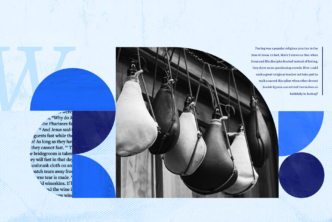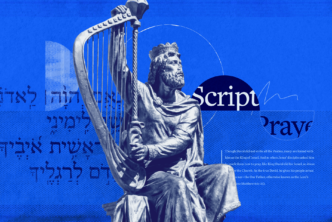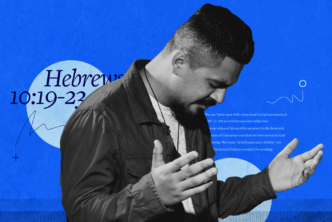The letters to the Thessalonians are often overlooked within the Pauline corpus. Paul’s meatier theological writings, such as Romans or Colossians, often get most of the attention, but 1 and 2 Thessalonians are packed with theology, too. In his letters to the church in Thessalonica, Paul helps his brethren consider the true nature of Christ. They also contain some of the clearest eschatological teachings in all of his writings.
In 1 & 2 Thessalonians Verse by Verse, Grant Osborne examines these key themes—Christology and Eschatology—in light of the persecution the community was facing at the time. In this excerpt from the introduction, Osborne summarizes these two key theological themes found in these two letters:
The doctrine of Christ – Paul presents Christ distinctly as the exalted Lord—ruler of all and the King who will return to claim his people and anchor his victory over evil. The title that predominates above all is kyrios, appearing forty-five times, nearly always showing the exalted status of Christ as Lord over creation. In a world that centered on the divinity of the emperor and demanded that its citizens participate in the worship of the gods, the Thessalonians desperately needed to be aware of the lordship
of Christ. So nearly every reference to Christ reminds them of his control over creation, a life “inspired by hope in our Lord Jesus Christ” (1 Thess 1:3). When they are especially beleaguered in fairly constant persecution, they need to realize anew that these enemies will be “shut out from the presence of the Lord … on the day he comes” (2 Thess 1:9–10) and that the ultimate victory will be theirs.
Eschatology – The Lord’s Prayer has as one of its themes the cry, “your kingdom come” (Matt 6:10), and one of the earliest cries of the church was “Marana Tha” (“O Lord, come” in 1 Cor 16:22). Paul’s teaching in these letters on the return of Christ is thus precious to every Christian, for this tells us our future. Let us look at each of the three points in turn:
- The resurrection of the saints: In 1 Thessalonians 4:13–18, he answers the questions of when and how we will begin our eternal future. At the parousia (coming) of Christ, threethings will take place. First, the bodies of the dead in Christ will rise from the grave (from 2 Corinthians 5 we know our spirits will be with Christ); second, these deceased will be united with the living saints who are caught up from earth; and third, they both will receive their glorified resurrection bodies when together they “meet the Lord in the air” (v. 17).
- The day of the Lord: In 1 Thessalonians 5:1–11 and 2 Thessalonians 1:7–10 Paul carefully explains the second aspect of Christ’s return. For believers, the parousia means reunion with deceased saints and reception of the glorified body. For unbelievers, it means judgment and eternal punishment. They are appointed for wrath (1 Thess 5:9) and payback for sins (everlasting destruction) on the day he comes (2 Thess 1:9–10).
- The revelation of the man of lawlessness: In 2 Thessalonians 2:1–12, the final event in human history—in a sense inaugurating the return of Christ—will be the coming of the absolute antithesis of Christ: the antichrist, or man of lawlessness, who will be the personification of Satan, the final attempt of the cosmic powers of evil to wrest victory from the hand of God and destroy his people once and for all. This will take place when God’s control over this world, which has “restrained” evil, is removed, and for a short time, these evil powers will be allowed to operate. But this time is to be short-lived, and the doom of this figure, as of all evil in this world, is assured.”
* * *
The newest volume in the Osborne New Testament Commentaries is now available in all formats. Dig into these two overlooked Pauline epistles with 1 & 2 Thessalonians Verse by Verse.





